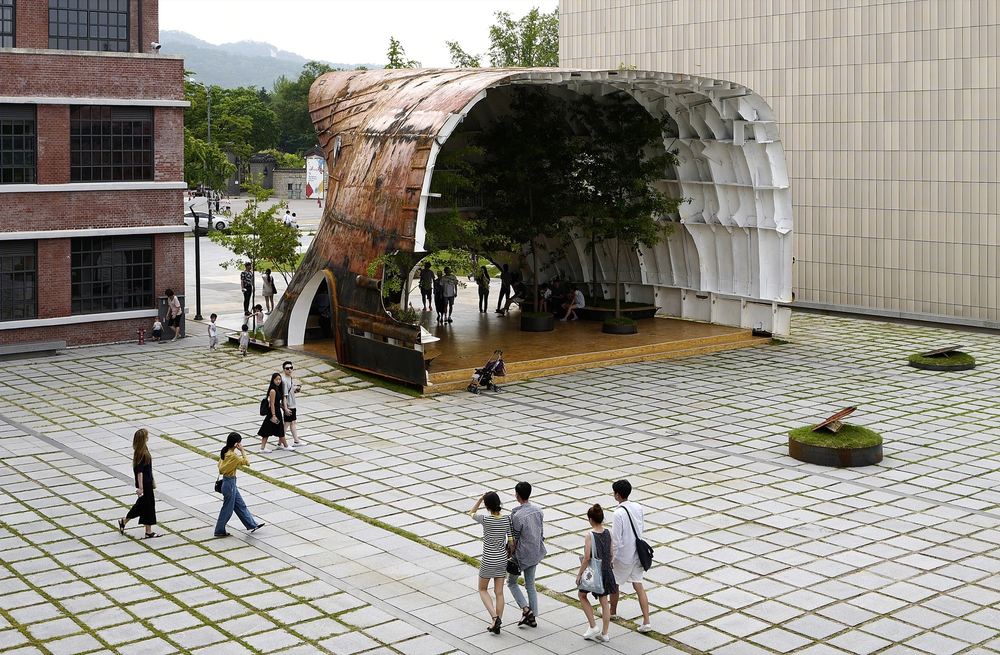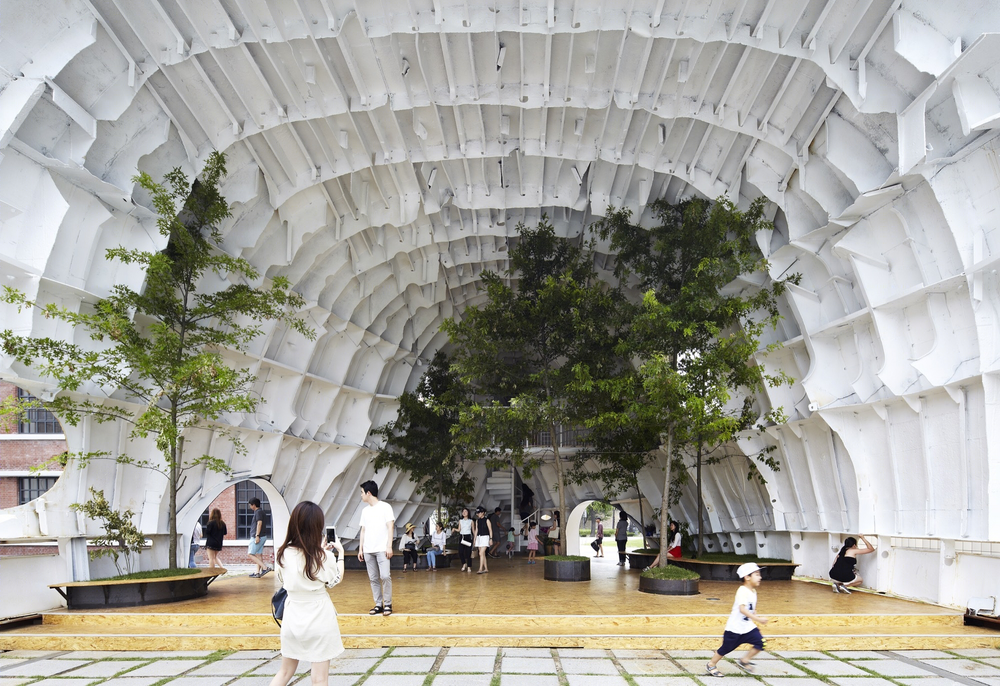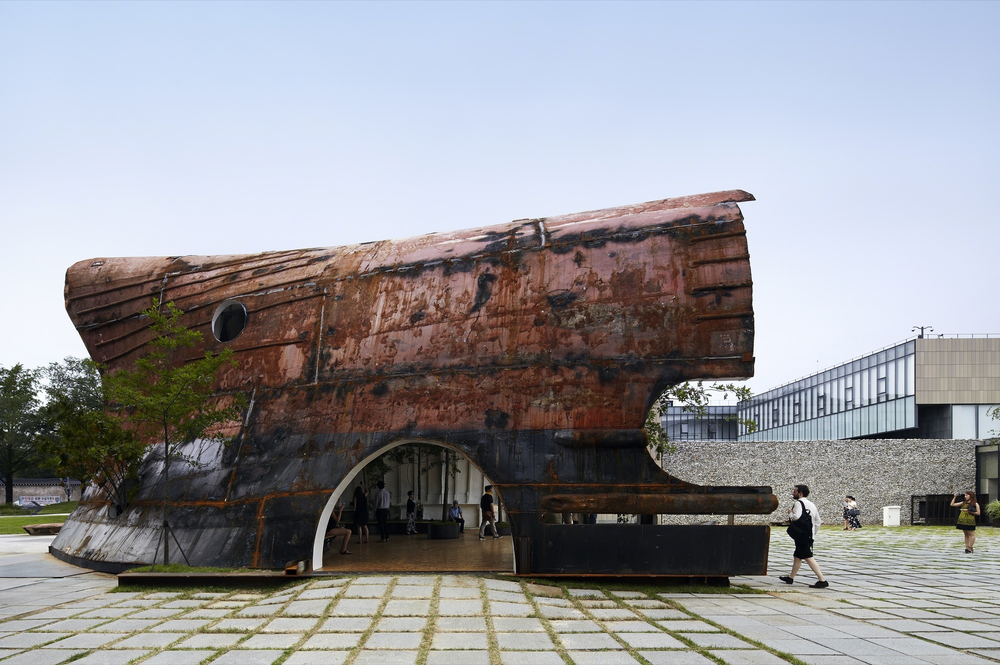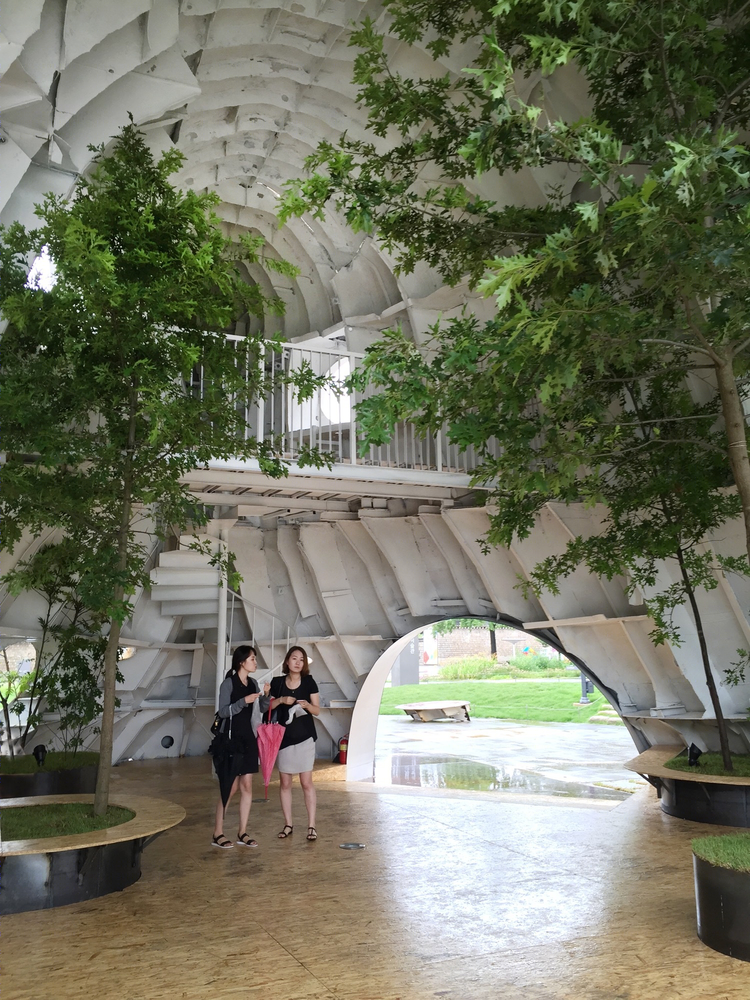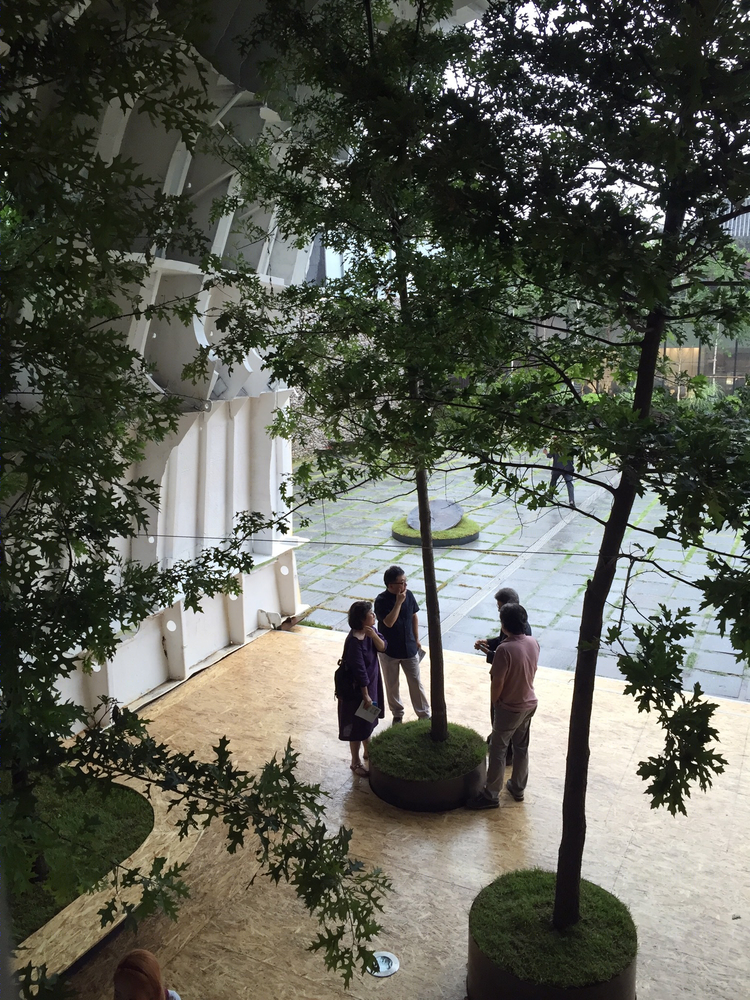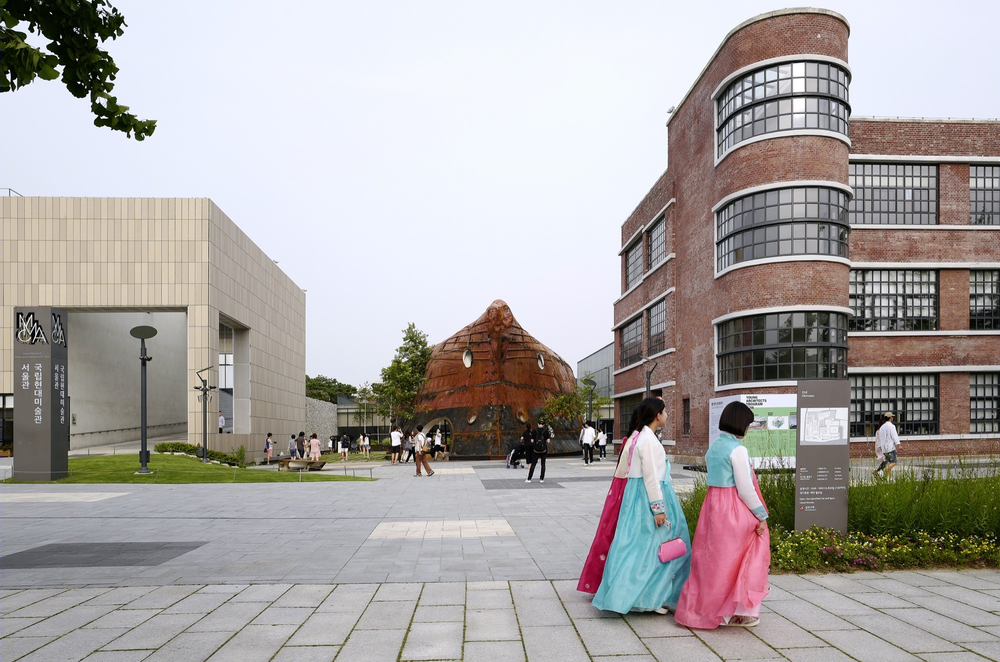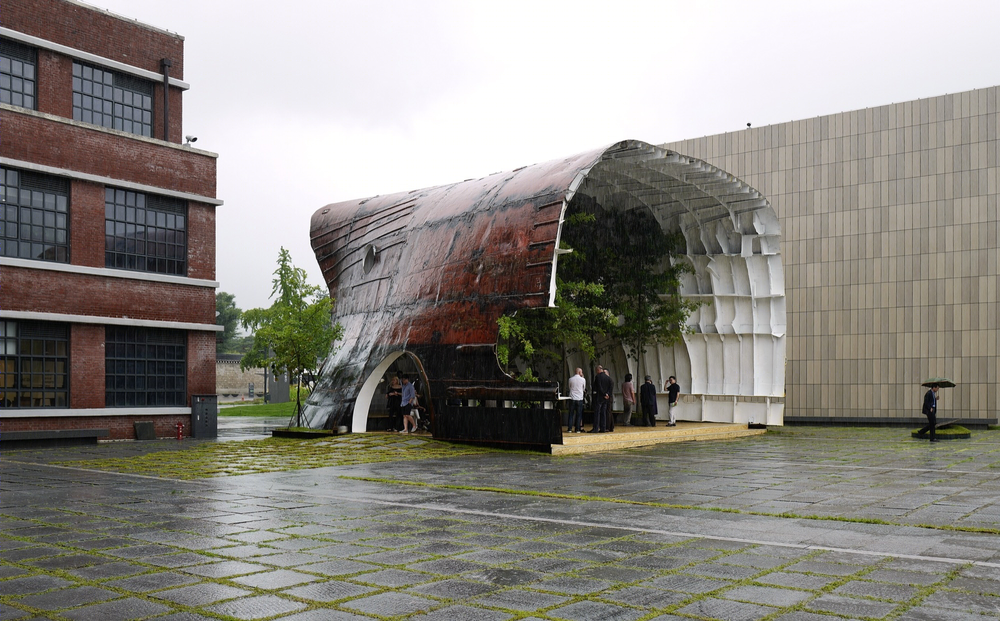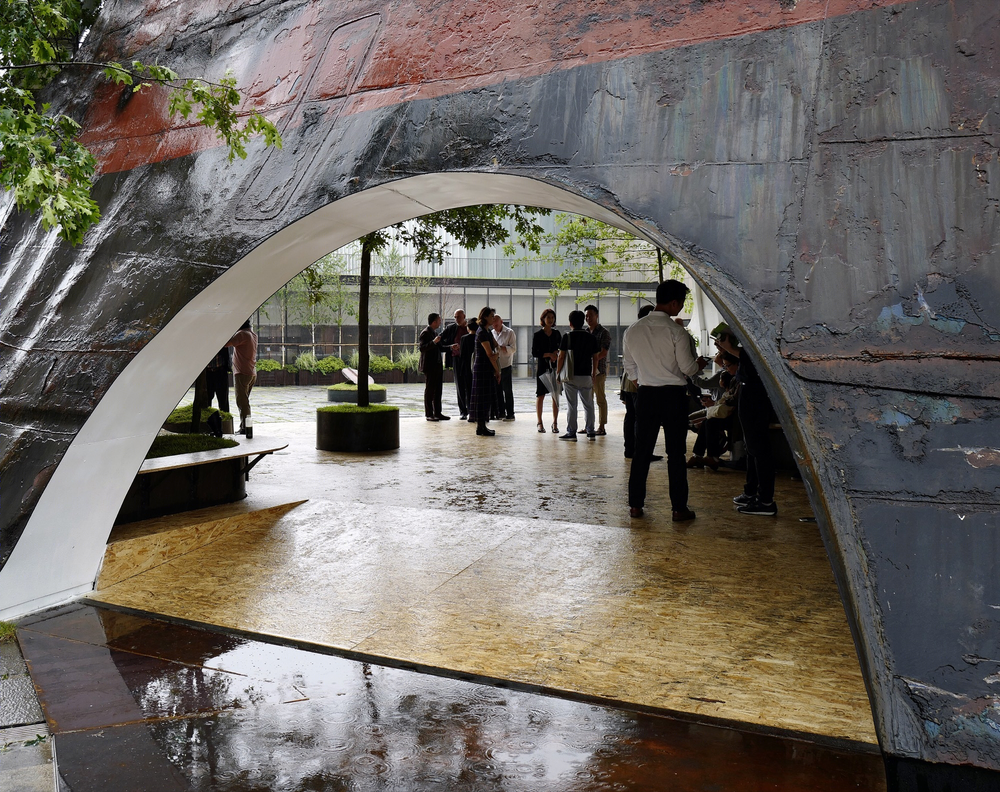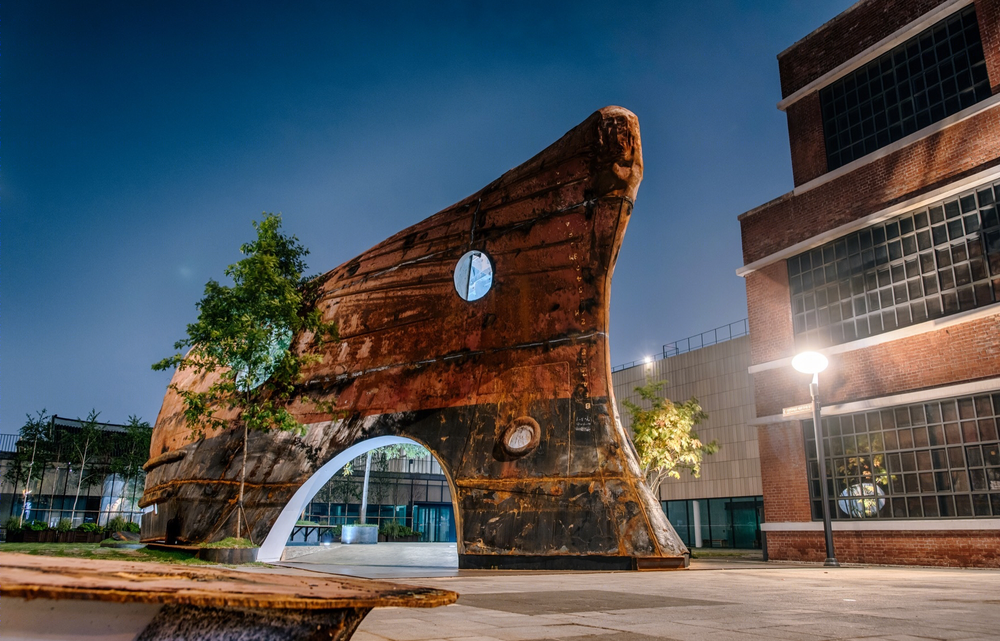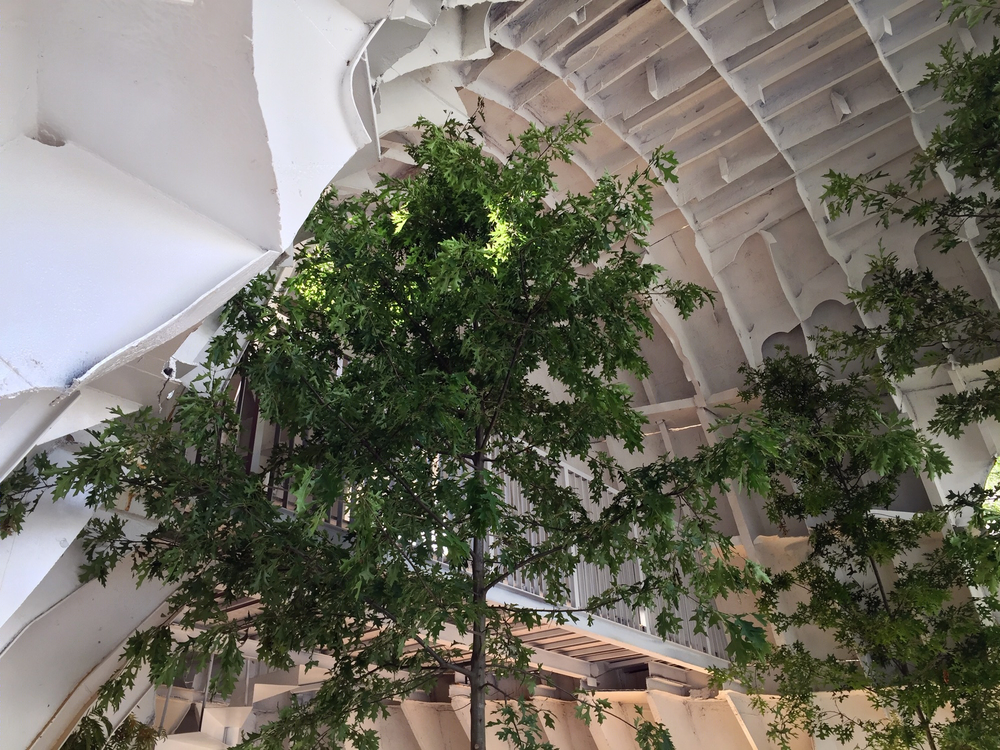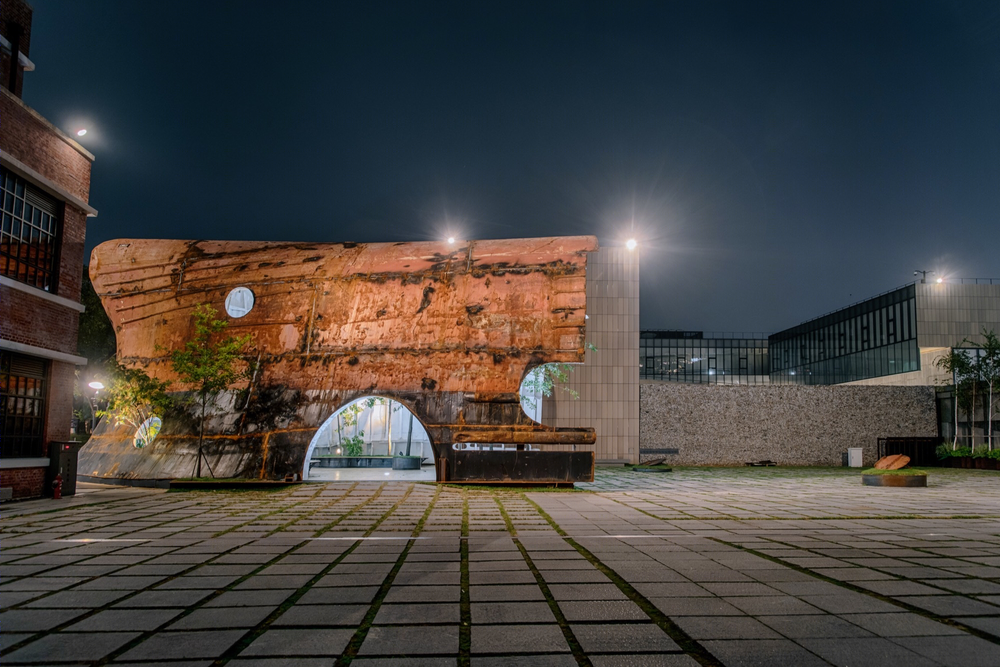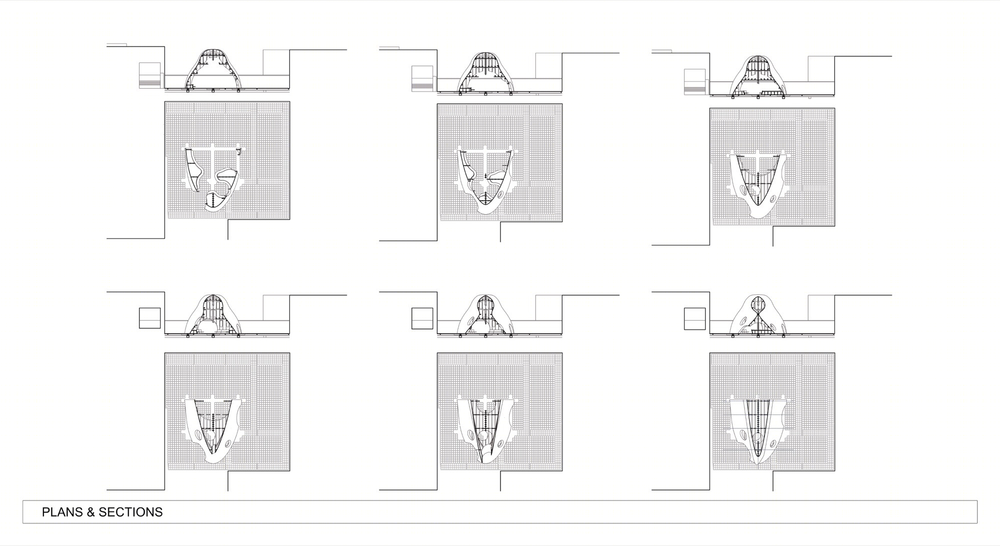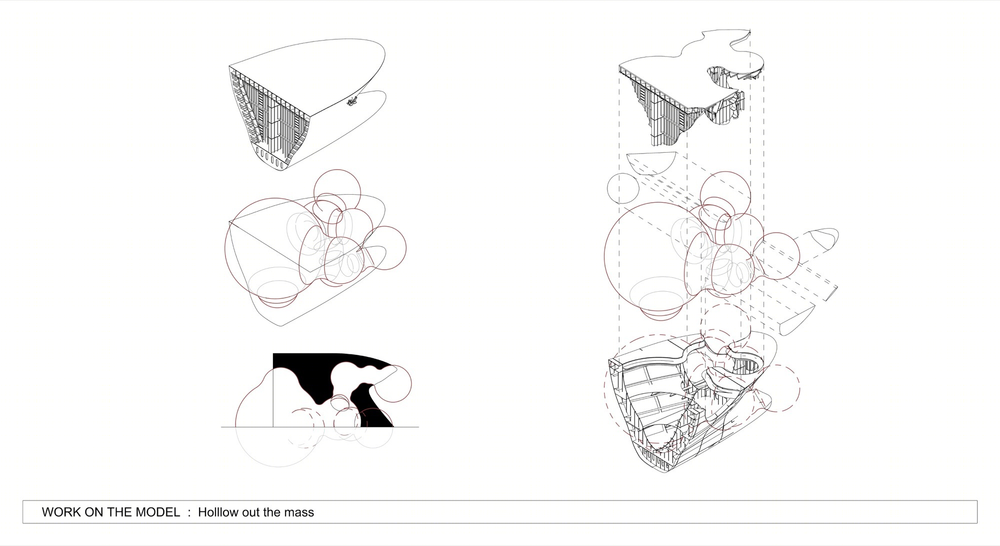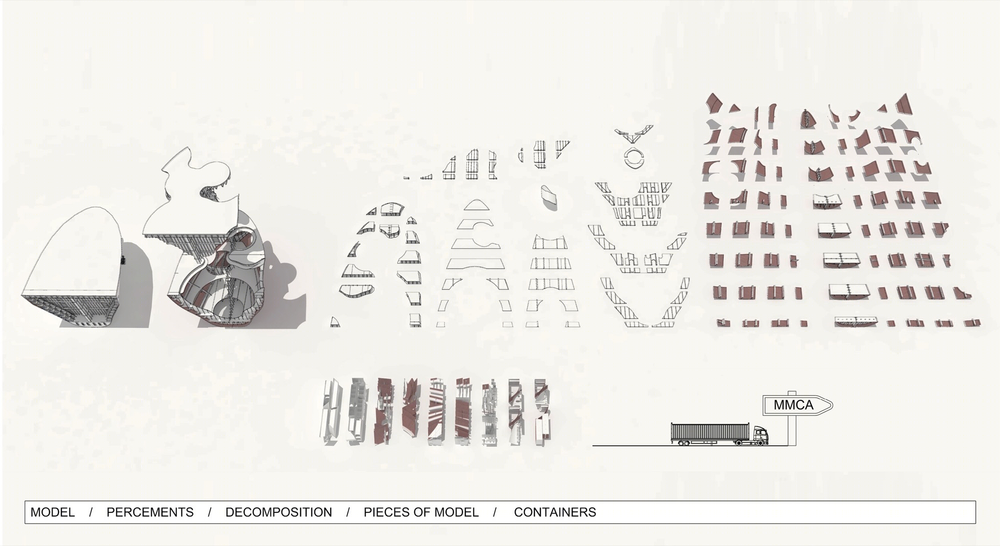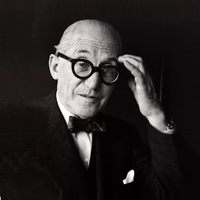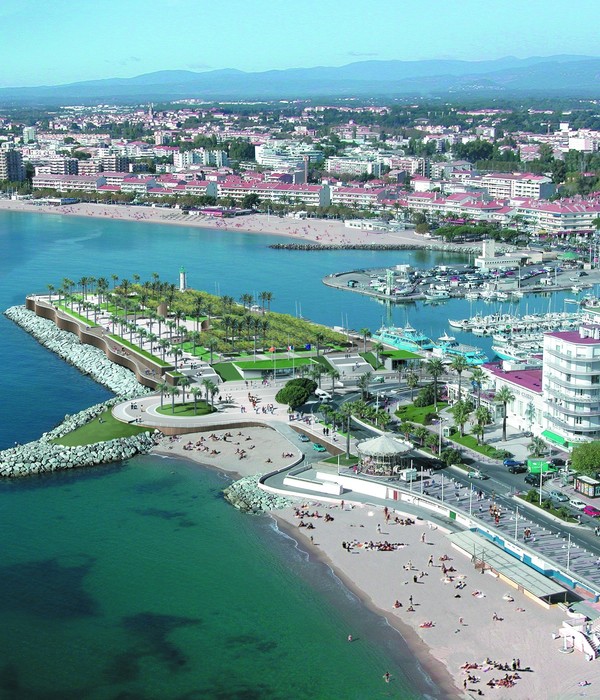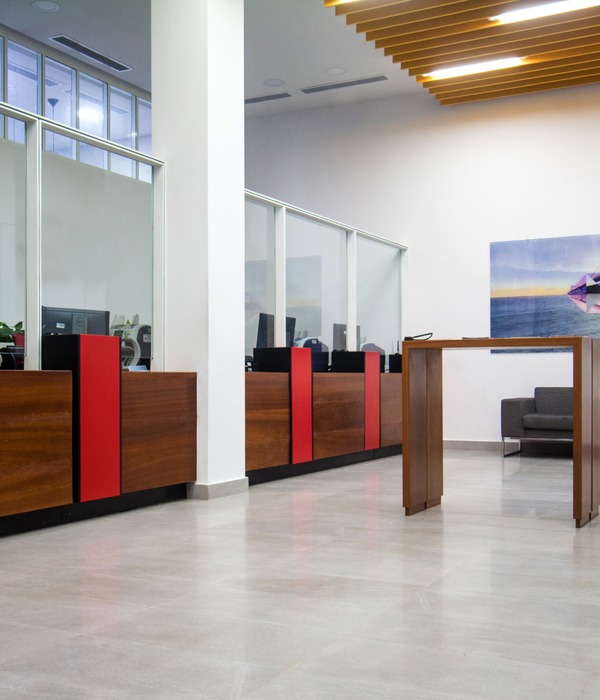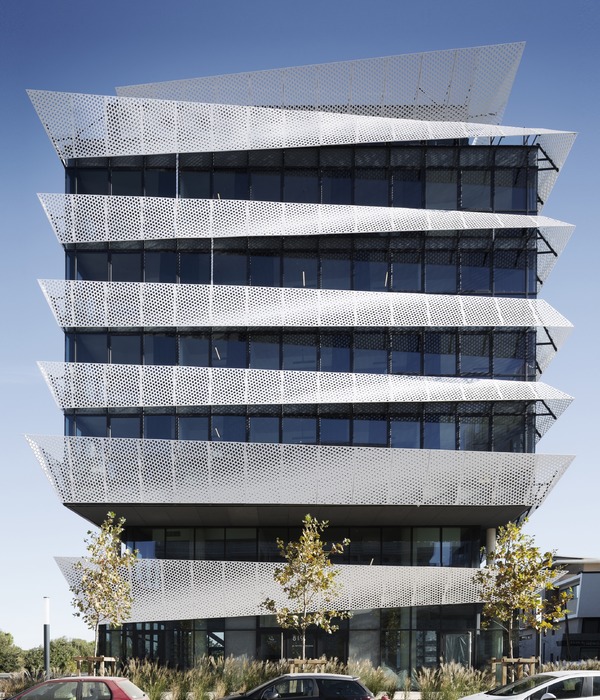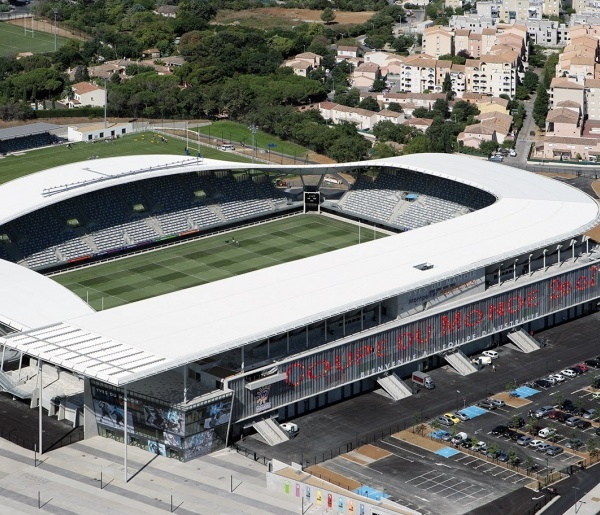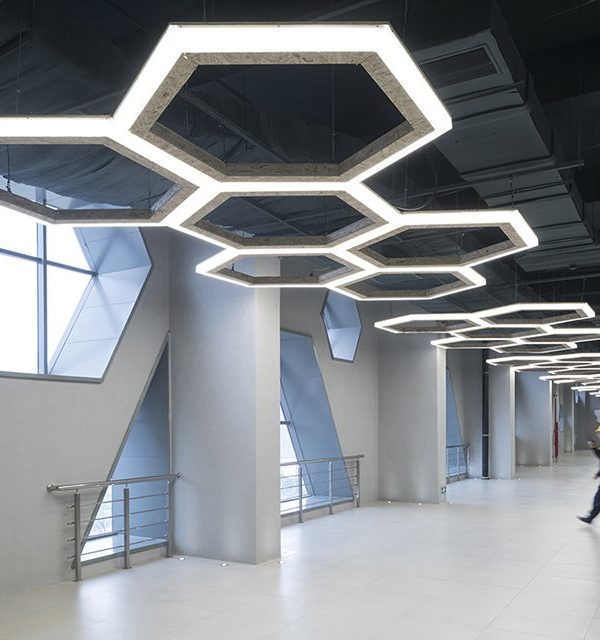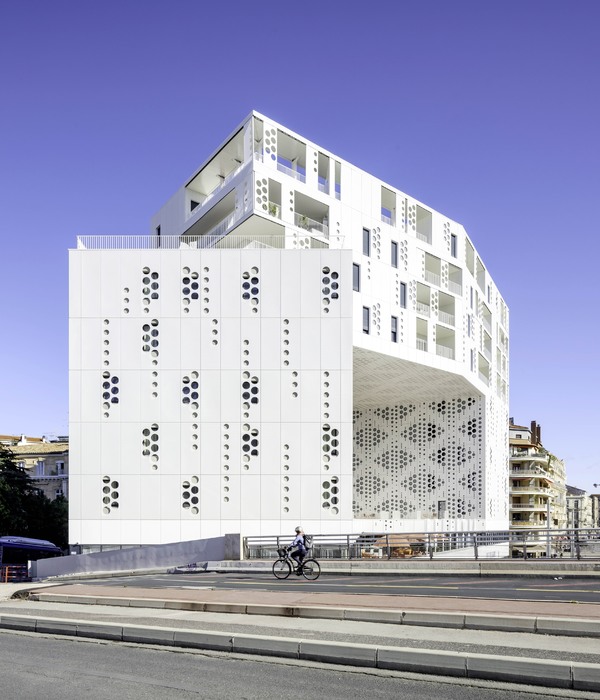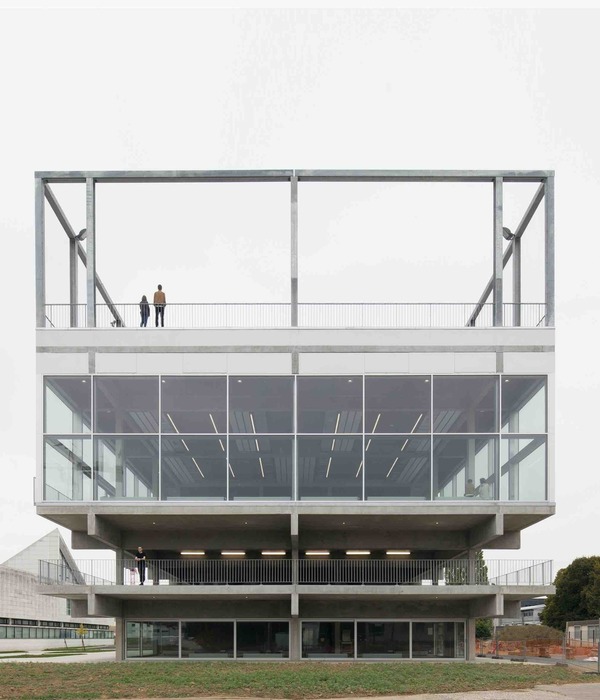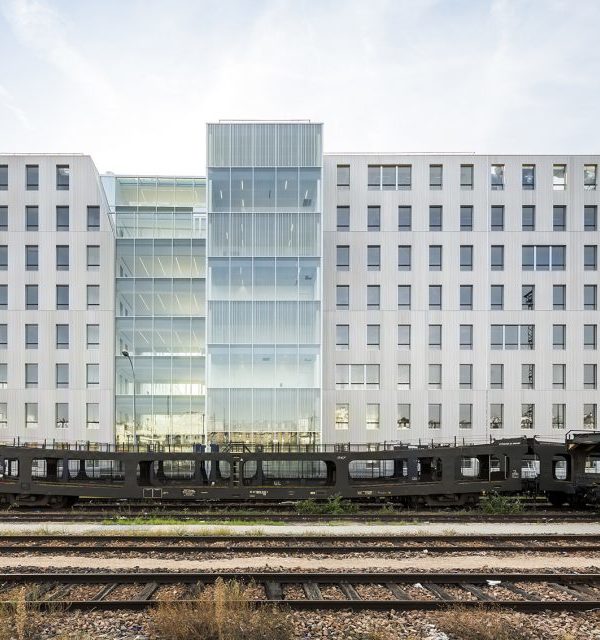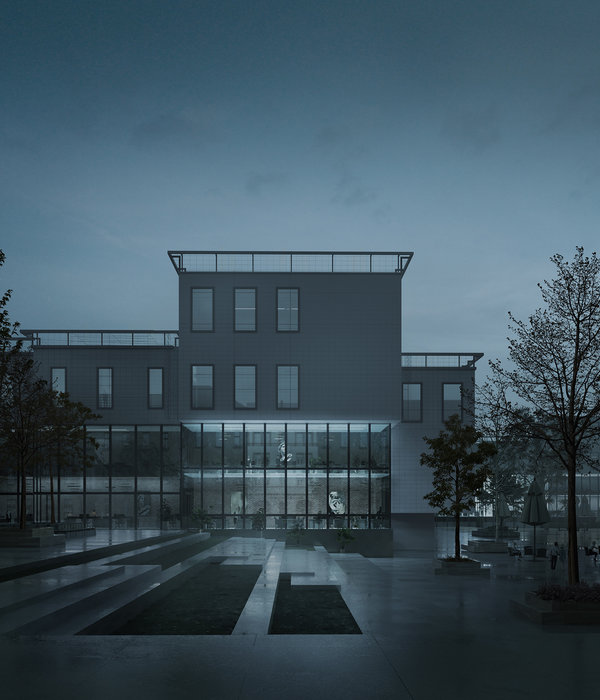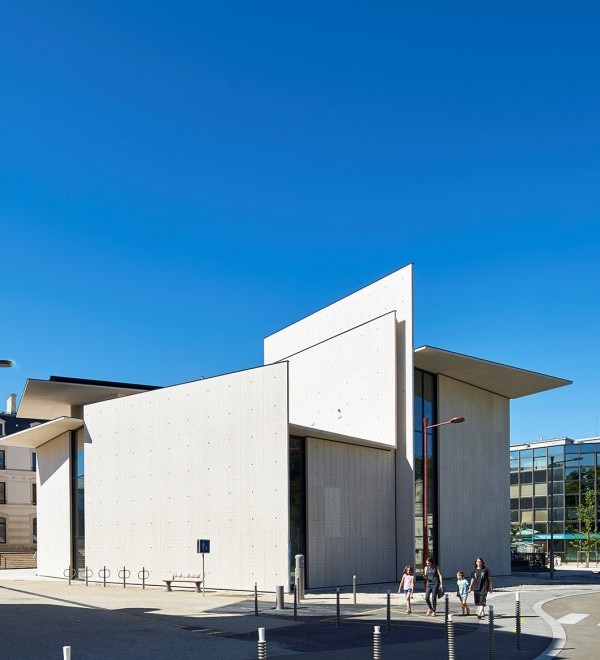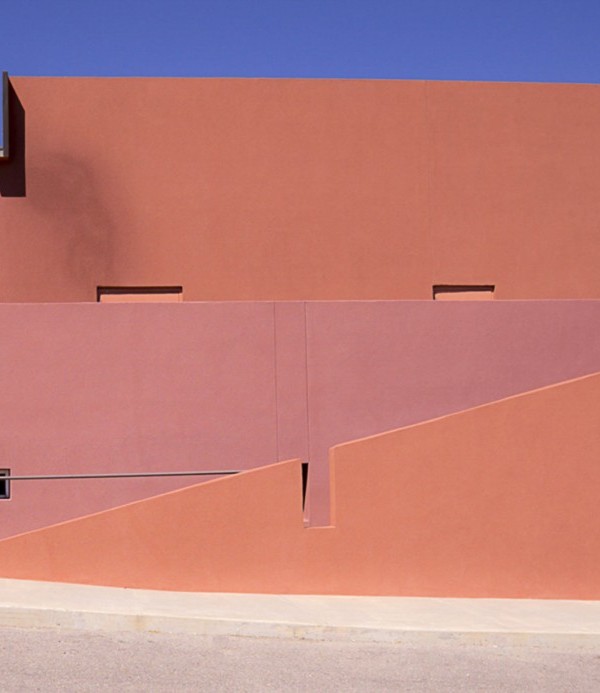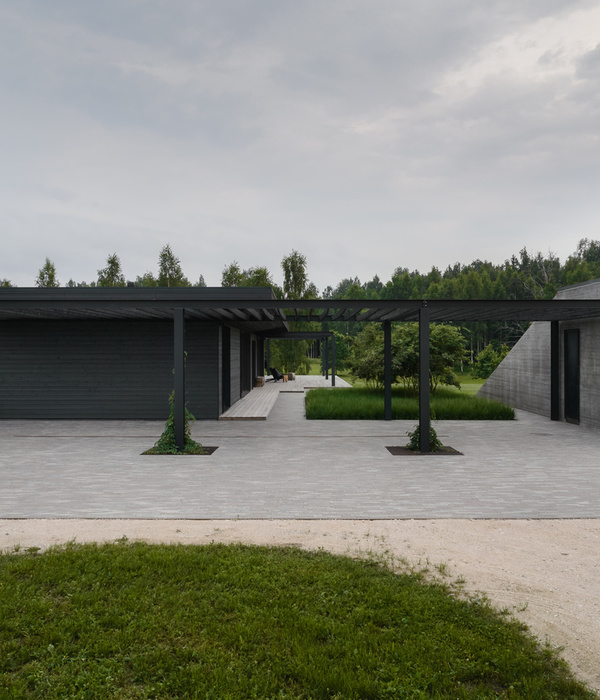首尔 YAP 临时寺庙——环保与美学的融合
In ancient Greece, architecture was considered one of the highest forms of art. This is arguably no longer the case. A first approach for us in responding to the “Young Architects Program” was to consider that our thoughts will find an echo in Contemporary Art.
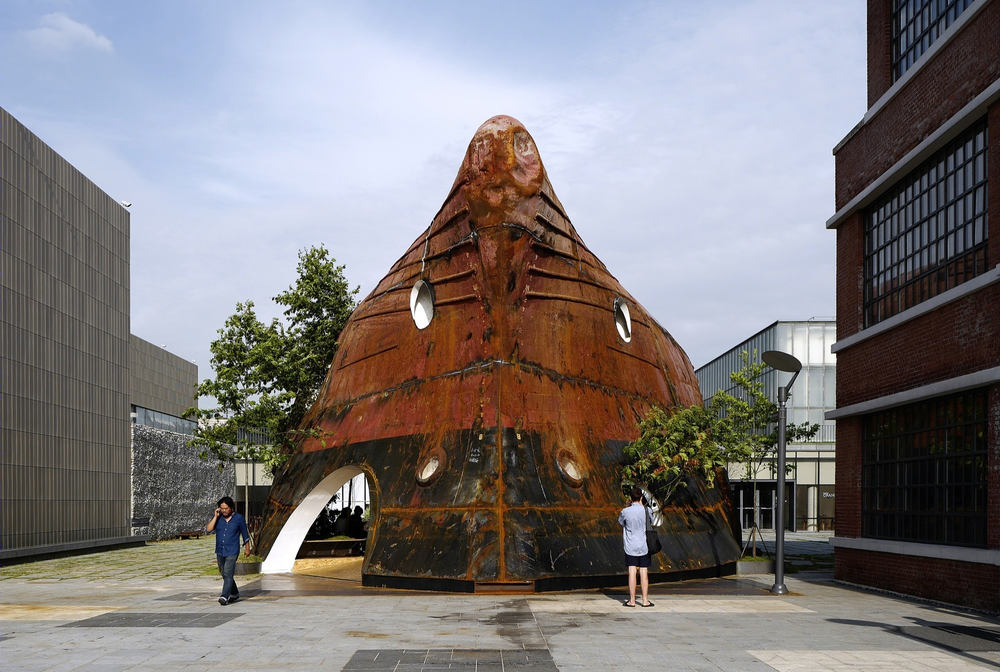
The architect Le Corbusier compared a big cargo ship to several monuments in Paris and observed the beauty that was thus created by the epoch in which he lived. The artist Marcel Duchamp gave a new meaning and value to utilitarian mass-produced objects, by removing their initial function and position, calling them Readymades and questioning the idea of an object in art.

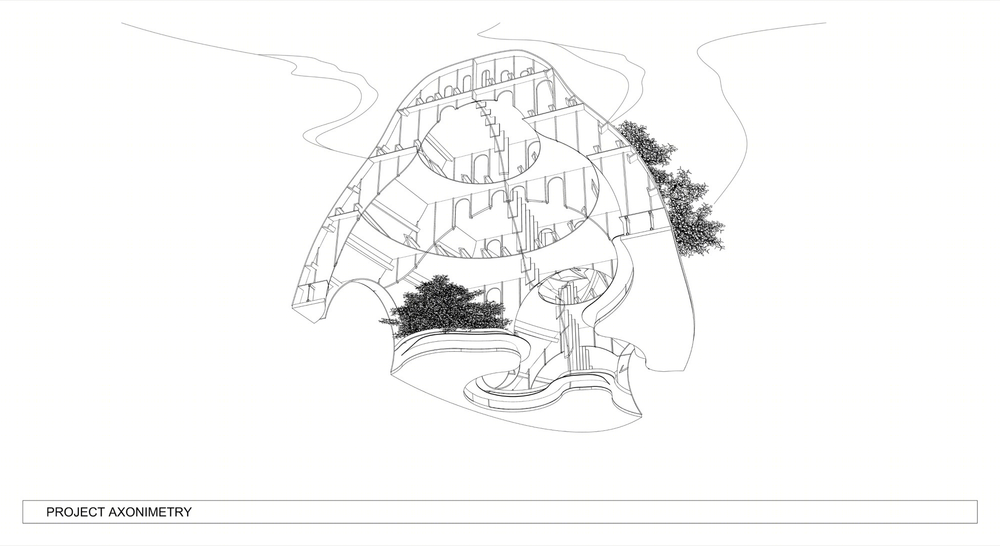
Any great cultural vestiges can lose their function. In the same way, a material can also lose its original value over time. The fact that the destiny of cultural relics is to be dismantled, should make us reflect upon what we need to consider for future generations.
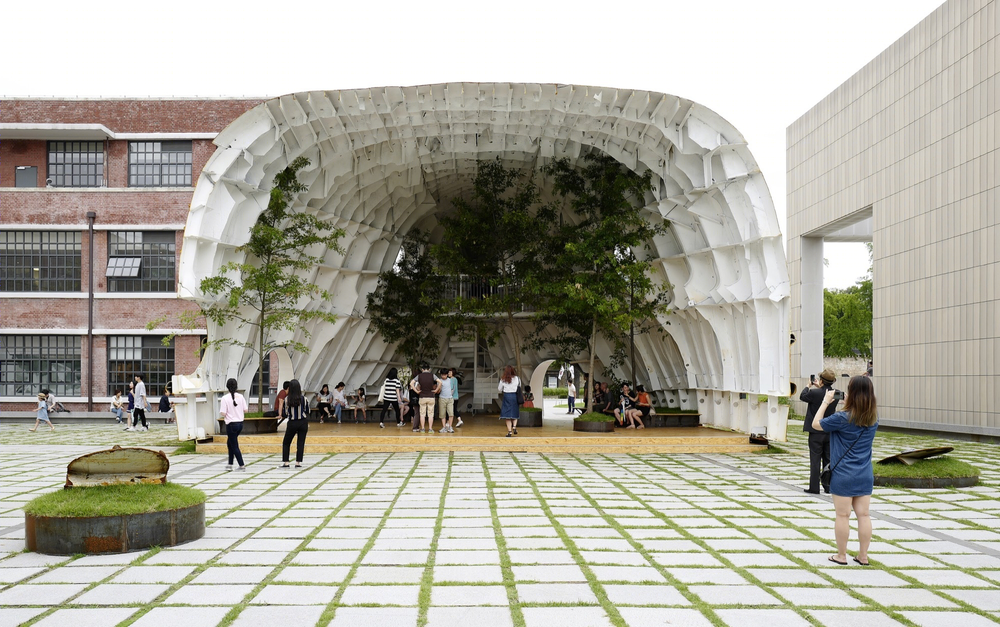
The Ancient Greek word "oikos" meant "house" and is the etymology of "Eco-", which is at the origin of words like “ecology” and “economy”. They are important factors for the contemporary practice of architecture which has to consider both the environment and the cost of building.
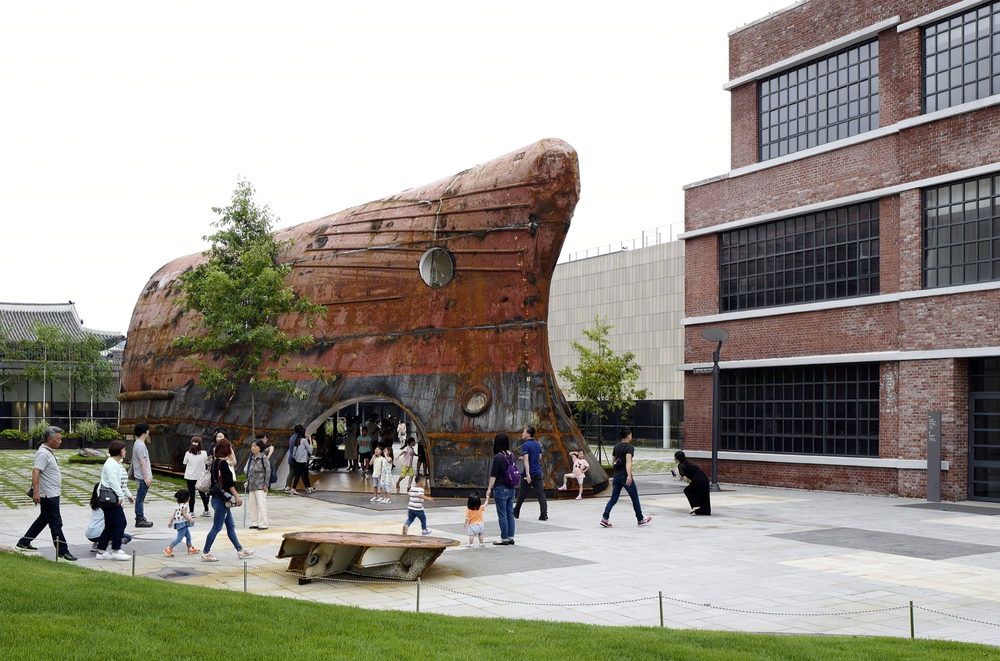
Temp’L is designed from recycled steel parts from an old ship. It shows not only a beauty of structure, but it has also a recycling purpose, ahead of any process of reusing materials. It provokes thought about beauty in our time, coming from a recent past. The architectural section of the project is drawn through the process of cutting up the old ship. The section-cut has the necessary force for the sawing action, while opening and thus freeing the space contained in the volume of the ship.
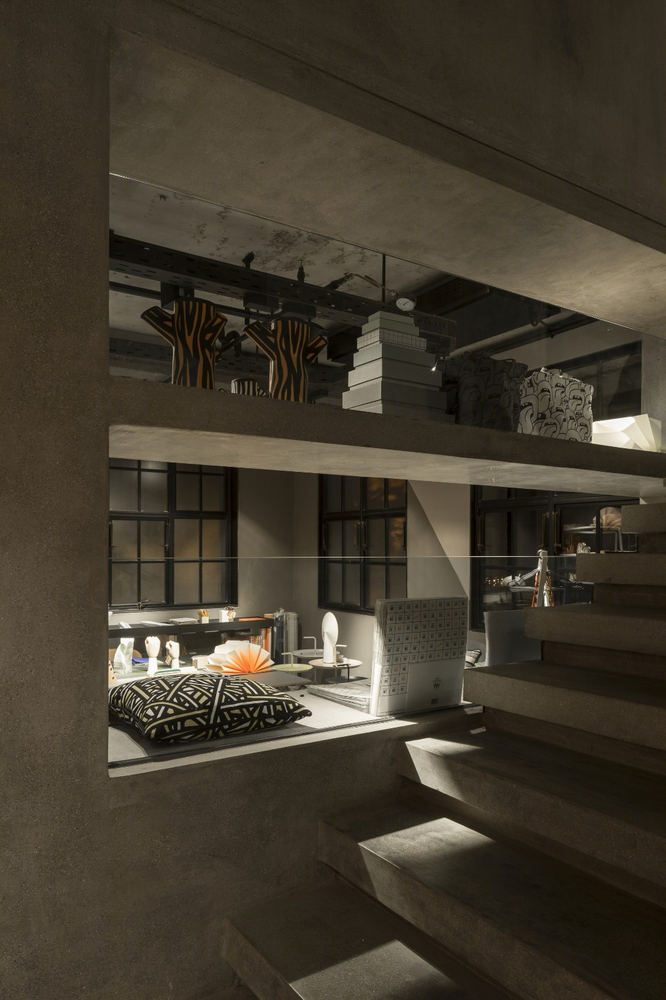
This upside down massive metal structure situated at the entrance of the museum's courtyard, encourages curiosity and becomes an invitation to visit the project. The front surface curve of the ship may lead people to the museum, as it opens towards its main entrance.
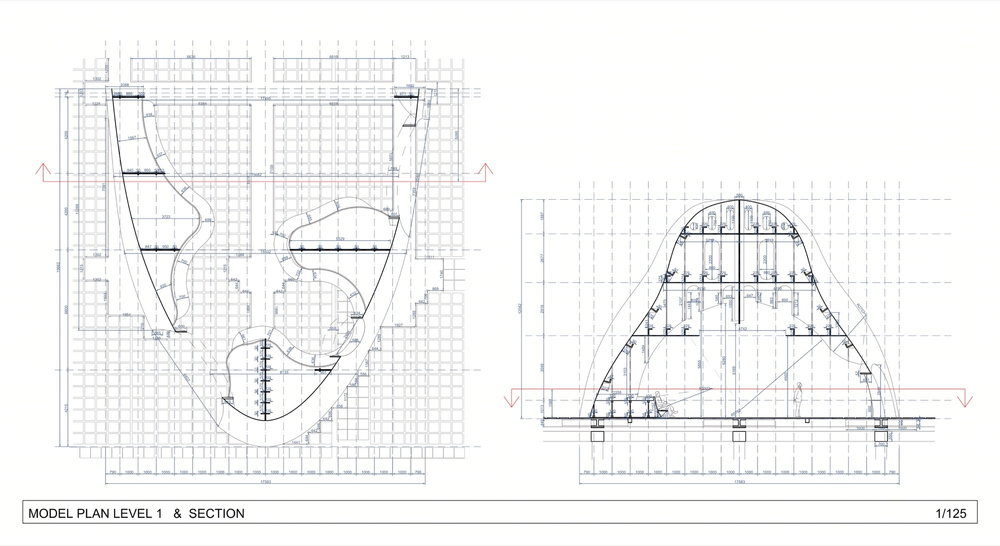
It welcomes the visitor by showing its industrial face, made of a rusty and rough surface that is showing the origin of the material, the ship. On the other hand, the inside space is designed as an open area connected to a larger volume, where we find a resting place surrounded by vegetation. The ship is hollowed out by connected spheres that set up a minimum structural reinforcement in order to maintain its shape.
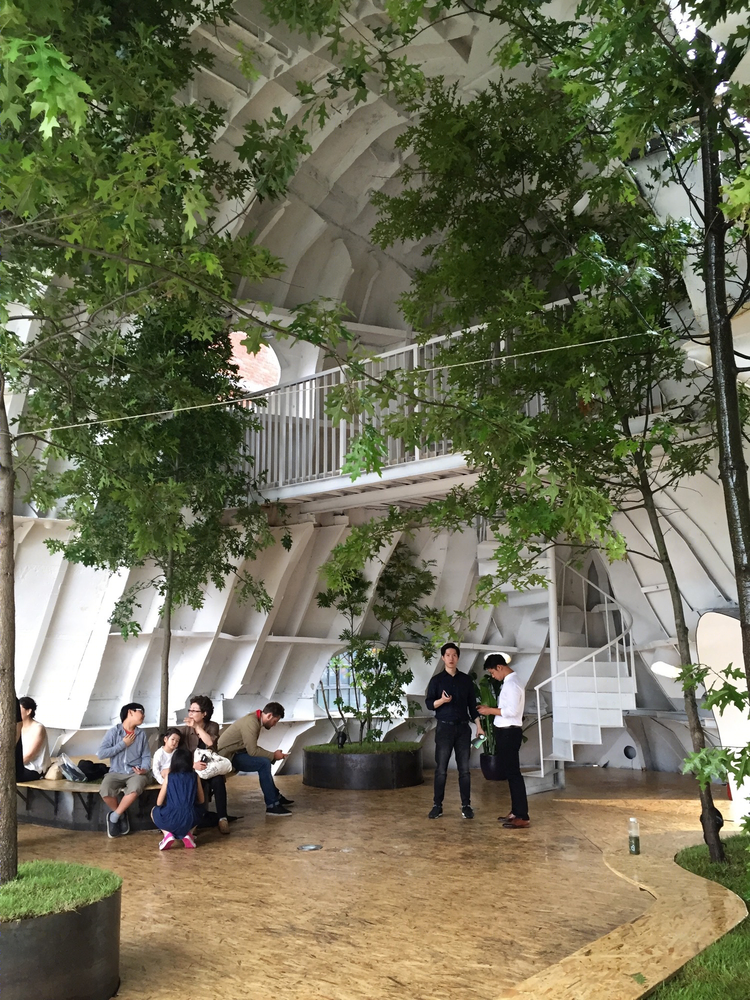
The Temp’L has almost the same scale as the buildings surrounding it: as such, it is not just a simple object. It is introduced alongside the monumental buildings of the Office of the Royal Genealogy Hanok that are built in the Korean traditional style of architecture.
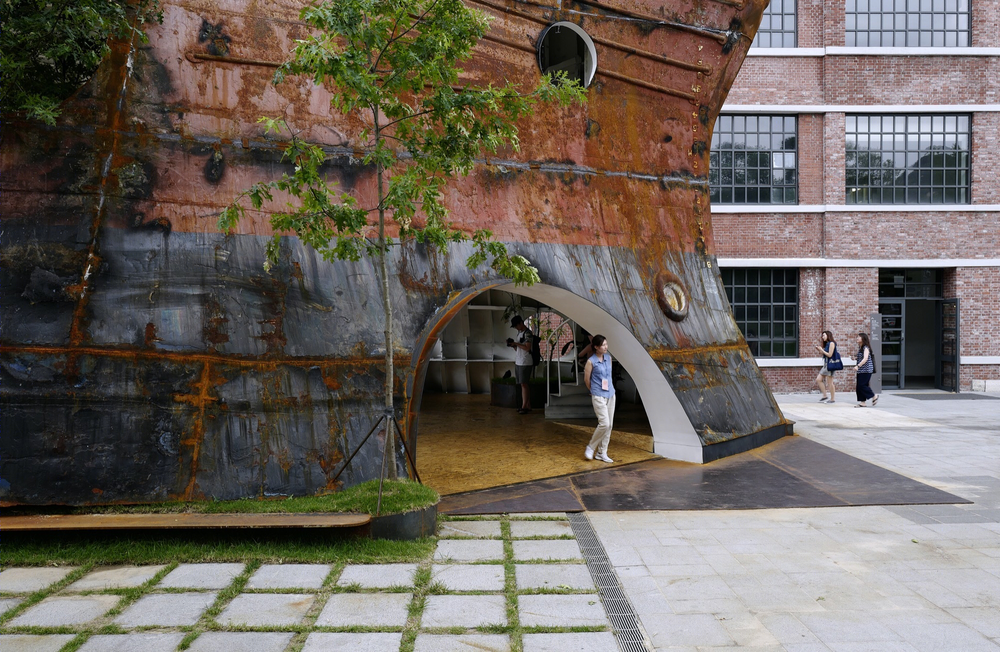
Through this Temp’L (temporary temple), we hope not only to develop a new method of construction in architecture by recycling materials, but for those who will see to create emotion.
